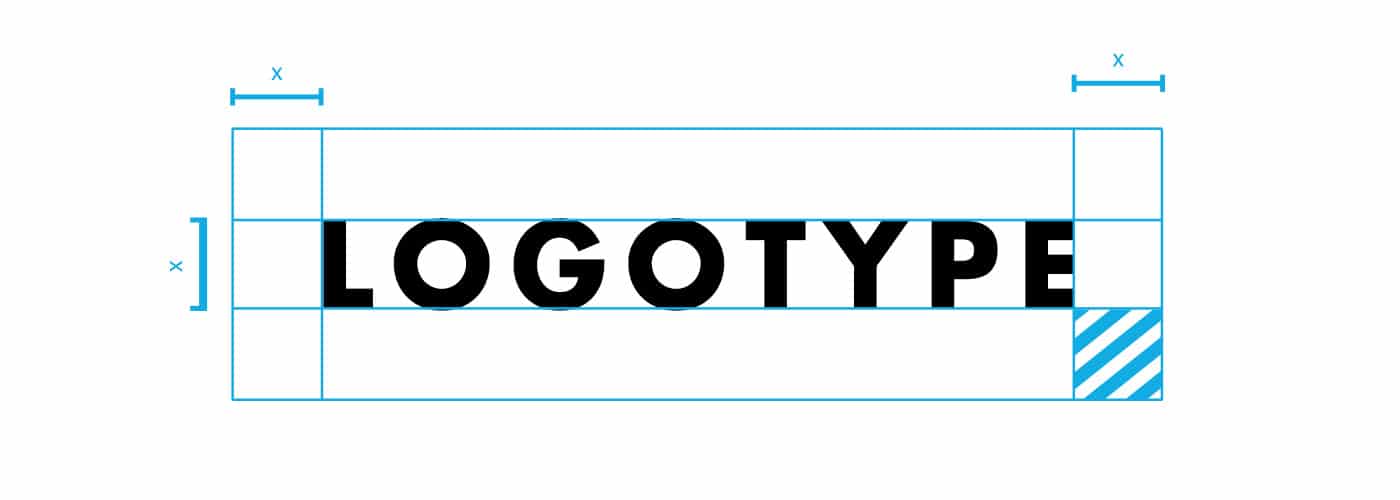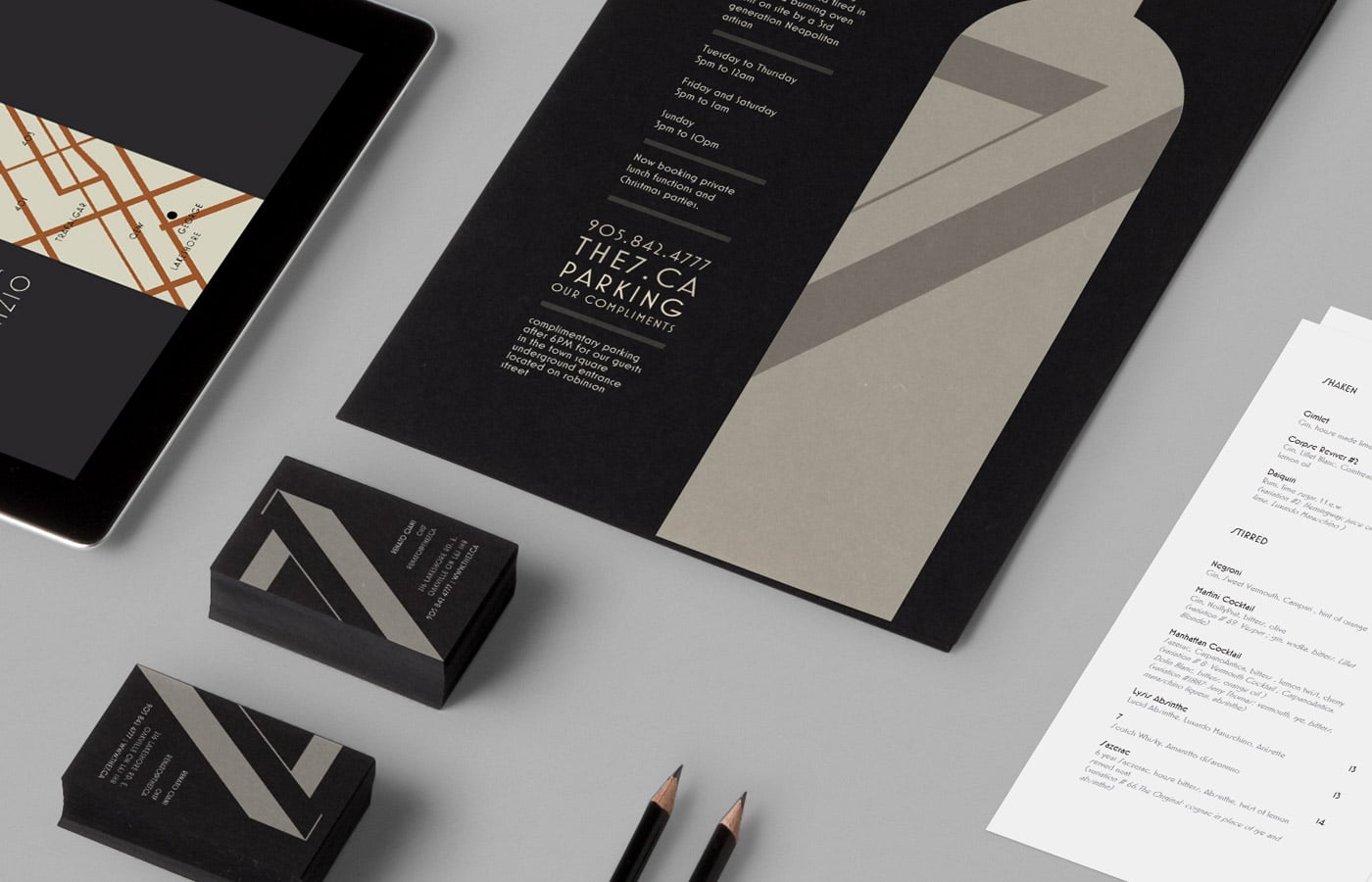A common request design agencies get from clients is to “make the logo larger”.
Responding to that is not always a simple yes or no. It’s more of a “we could do that, but…”. There’s a little more to it.
To make or not to make your logo bigger. That is the question. It’s a legitimate inquiry and often has merit. But occasionally, there is no justification for such a request; it’s more so: just because “We think it should be that way”. ‘Just because’ is not a good way to make decisions when in comes to brand integrity across platforms.
After designing a beautiful new identity system, typically a team wants to show off their brand new logo and understandably so. When there is a hand-off, whoever uses the identity hopefully follows the brand guide. However, there is a lot to consider.
What size is too large?
Typically clients tend to lean towards making the logo much bigger than it needs to be. Emphasis is misplaced. The reason being, often – a customer has spent all of this time, effort and budget on this identity. In doing so, it’s best to think of using the logo as much as possible and as big as possible. But trust me, that’s not doing anything for you. For new brands, perhaps it has *some* sense to it for brand recognition initially. But even then, it’s a balance – since your logo is usually working with words, images and other moving pieces.
Other things to worry about
Besides the size of your logo, what else is there? There are more important things to focus on. Staying on track with your identity, though – we need to pay respect to the brand guide which should detail things like logo lockups, situational examples, spacing and any other considerations for use.
Using your indoor voice
I like to compare logo size to a conversation. Are you whispering, chatting, or shouting? And everything in-between. Because psychologically it’s easy to overdo it one way or another. There are unique situations when you need to scream and shout. In most scenarios that’s not going to fly.
Your logo needs to be balanced, dependent on where it’s being used. Make sure not to crowd the logo leaving adequate spacing. A tricky area can be on the web where you have limitations as far as the main navigation and header. This is where alternate logo versions come in handy should you need a horizontal, square or vertical stack.
Finding the right balance
If your logo is the most dominant item on the page, your logo might be too large. Unless that’s the desired effect, you’re overdoing it. What do you want your customers to see? Your logo, or the content? Regarding structure and hierarchy, consider what’s most important. It needs to be consistent (dependent on context). Is there enough contrast? How is the scale, proportionate to other elements? What sort of composition or layout do you have – how much room to work with?
There are multiple scenarios and situations where your logo will be applied. On signage, it should be large for visibility. On your website, perhaps it can be a little smaller. And that’s OK. There are other places you can blow it up to your heart’s content. Where do you need attention drawn to? A logo reinforces the brand; it doesn’t necessarily always have to be the hero.
Designer Bias
To be fair, as graphic designers, there are biases to having things neat, tidy and small. So perhaps we can meet in the middle and have a compromise. A reasonable size. Not too small, not too large. That’s all relative too, of course.
Let’s be reasonable. Your logo is great, let’s not bash your customer over the head with it. If your logo is the wrong size, one might notice something’s off but can’t quite put their finger on it! Think of the whole picture, don’t fall into the trap of fixating on one piece.
Put faith in your trusted brand advisor to make the right recommendations and help with those seemingly small but critical details.
So what is the best size for your logo? The answer is that it all depends.






